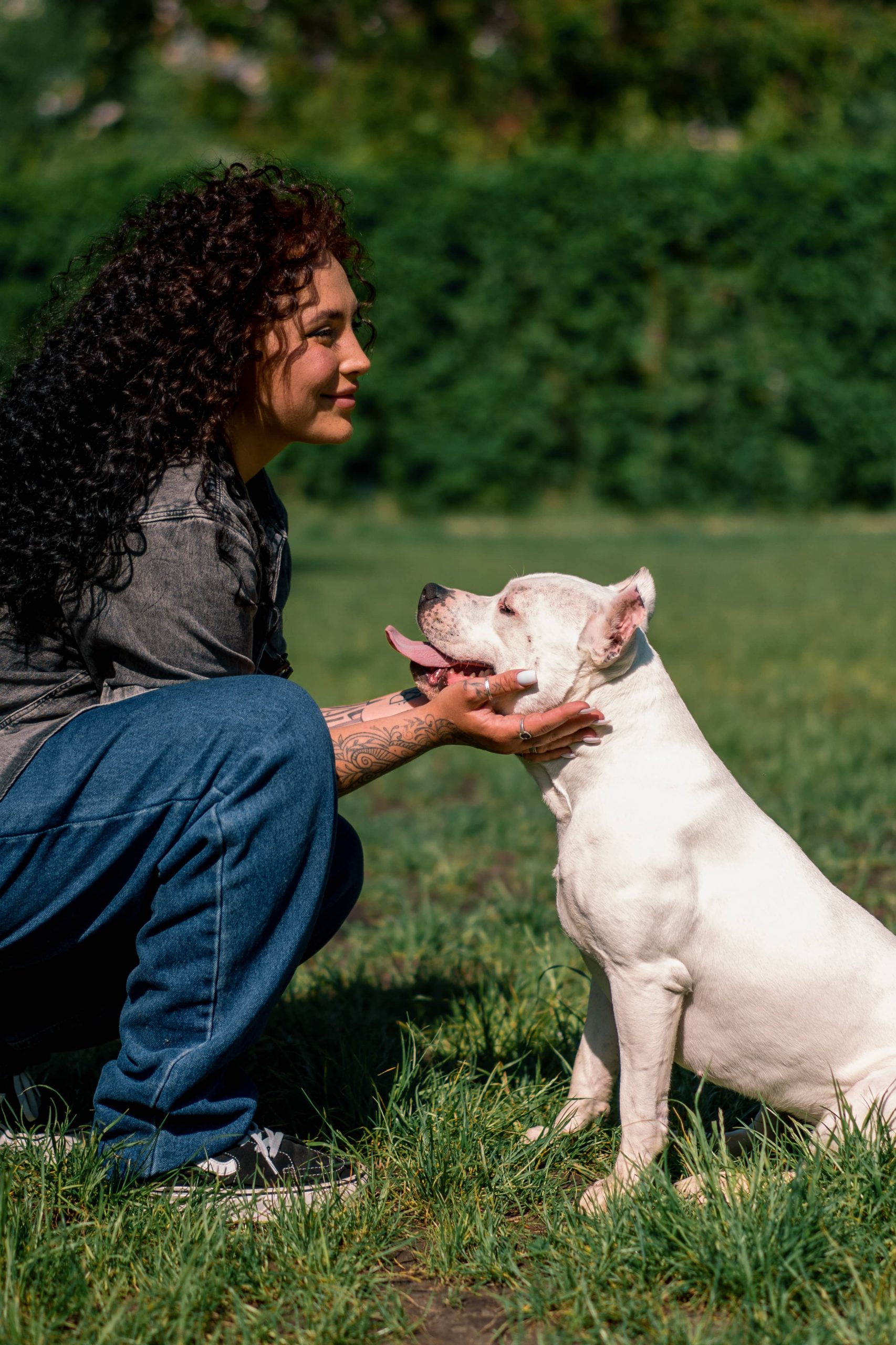
Cat owners often observe their feline friends engaging in a charming yet puzzling behavior: kneading. This consists of cats rhythmically pushing their paws in and out against a soft surface, such as a blanket, pillow, or even their human’s stomach. Understanding why cats knead offers intriguing insights into feline behavior that highlight both evolutionary traits and their relationship with us. Let’s delve into what makes this behavior so prevalent among cats and what it signifies.
The Origins of Kneading
The most commonly cited theory traces kneading back to kittenhood. As kittens, cats instinctively knead their mother’s abdomen while nursing. This behavior is thought to stimulate milk flow and make nursing more productive. As such, this primal action is carried over into adulthood as a source of comfort and affection. When a cat kneads, it may evoke the warmth and security of its mother, functioning as a self-soothing behavior that indicates feeling safe and content.
Marking Territory
Cats possess scent glands in their paws, which release pheromones unique to each individual cat. When they knead, they are effectively marking their territory with their scent. This can explain why a cat kneads a particular spot or person repeatedly. By kneading on a human, a cat marks the person as part of its domain and expresses feelings of security and ownership. In a multi-cat household, this behavior can serve as a clear signal to other cats about the territorial boundaries established by the feline in question.
Displaying Affection
Much like purring, kneading is often a sign of affection and trust in cats. When a cat kneads you, it usually indicates a warm, trusting relationship. It’s their way of saying, “I feel comfortable and safe with you.” This act invokes a sense of well-being and bonds pets to their owners. Cats often knead before settling down for a nap, emphasizing their comfort and trust in their sleeping environment.
Preparing a ‘Bed’
There is evidence to suggest that kneading might also hark back to wild ancestors of domestic cats. In the wild, cats might circle and knead on grass, leaves, or bedding material to create a nestled sleeping area. This practice ensured that they had a comfortable, practical, and safe resting spot with flattened vegetation for perfect camouflage. While our domesticated cats today have soft, cushioned beds, this instinctual behavior persists, showcasing a blend of evolutionary heritage with modern adaptability.
Temperament and Variation
Kneading isn’t universal, as not all cats indulge in this activity. Some may never knead, while others knead persistently. Variations might result from differences in temperament or individual experiences during the kitten stage. Interestingly, the intensity of kneading can also vary. Some cats exhibit gentle kneading motions, while others may extend their claws, which can be less pleasant for owners who become the target of their pet’s paws.
Owner’s Response
While kneading can be adorable, it can also be painful if your cat uses claws during the process. Understanding the underlying affection, owners are advised to trim their cats’ nails regularly to mitigate discomfort while maintaining the experience of bonding. Providing a soft blanket where your cat can knead without inflicting pain is another effective solution. Redirecting your cat’s kneading behavior to designated areas can make the experience enjoyable for both pet and owner.
Kneading in Context
Interpreting kneading requires considering the context in which the behavior occurs. If a cat kneads and purrs simultaneously, it probably signifies profound contentment. On the other hand, kneading accompanied by restless pacing might suggest an unfulfilled need or anxiety. Observing the surrounding circumstances can help cat owners discern the intentions behind their pet’s kneading and take suitable actions to either encourage the behavior or address underlying concerns.
Conclusion: Embracing Feline Instincts
Kneading is a fascinating glimpse into the intricate world of feline behavior. This seemingly simple act encapsulates themes of affection, comfort, security, and evolutionary heritage. Although it sometimes presents challenges, kneading builds a bridge of communication between cats and their human companions, reinforcing bonds of trust and love.
By understanding why cats knead, pet owners can appreciate the depth of their pet’s behavior and respond in a way that enhances their wellbeing. After all, every kneading session is an expression of your cat’s complicated, yet endearing, world. Embracing these moments can enrich the pet-owner relationship and ensure a harmonious living environment where both humans and their feline companions thrive.






